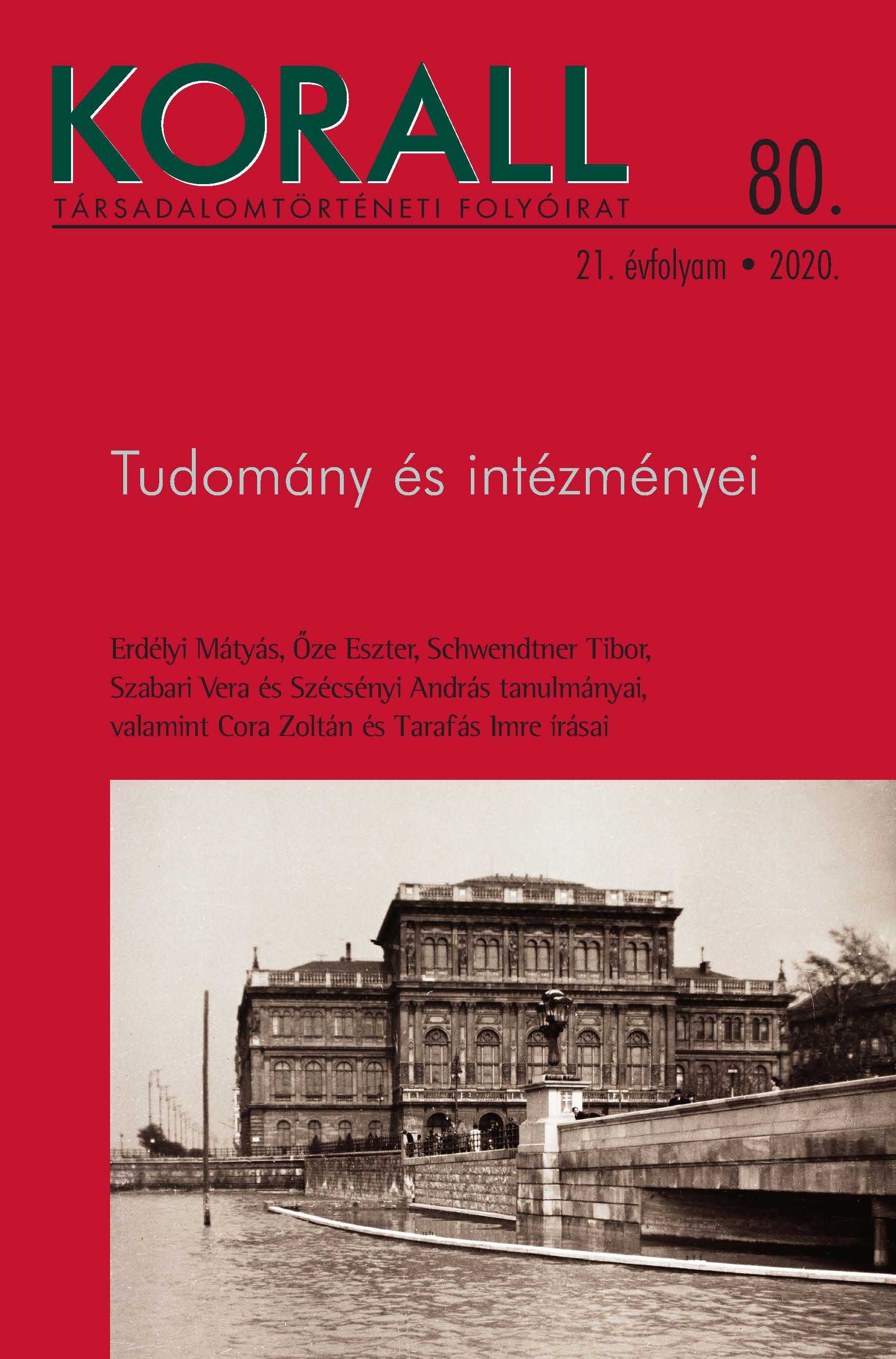Társadalmi Múzeum: a szociális és egészségügyi nevelés intézménye
Social Museum:The Institution for Social and Health Education
Author(s): Eszter ŐzeSubject(s): Cultural history, History of Education, Pre-WW I & WW I (1900 -1919), Interwar Period (1920 - 1939)
Published by: KORALL Társadalomtörténeti Egyesület
Keywords: Social Museum; emancipation; international network; moral education; political education; medical education
Summary/Abstract: The study explores the cultural history of museums of health sciences and education founded at the beginning of the twentieth century – after the 1851 World Exhibition – more specifically, the institutional position and integrating function of the Social Museum (later Museum of Public Health) between 1901 and 1945. The museum was founded by the minister of commerce in Budapest in 1901 to foster emancipatory work through exhibitions about public health and workers’ advocacy. This Hungarian institution operated as part of an international network, which also included the German Soziales Museum and the French Museé Sociale. The distinguishing feature of the Hungarian museum was that it focused on the moral, political and medical education of a single social class – the workers. During its forty-year operation, it extended its remit to the presentation of industrial health, workers’ health protection, the ‘social and health education of the people’, the dissemination of social sentiment and the ‘clarification of the questions of genetic transmission’. This museum is a unique representation of the history of early twentieth-century public health, as well as of the relationship between state, industrial capitalism and the urban proletariat. The study examines the reasons behind choosing museums as the tool for the integration and representation of workers, and places the Social Museum in the context of the history of late nineteenth-century museums, primarily in comparison with the ideals behind the most important representational medium of the time, the World Exhibition. The examination of the world expositions and the museum as a later development is significant because the representation of economic power at the beginning of the nineteenth century brought about the representation of the body, lifestyle and problems of the workers. In this way, at the end of the nineteenth century the emergence of the cheap labour of industrial workers contributed to a turn in museum history that was at least as significant as the public appearance of the museums themselves: the represented content was extended to the lower classes, who thus entered the museum space not only as spectators, but as exhibits.
Journal: Korall - Társadalomtörténeti folyóirat
- Issue Year: 2020
- Issue No: 80
- Page Range: 54-78
- Page Count: 25
- Language: Hungarian

